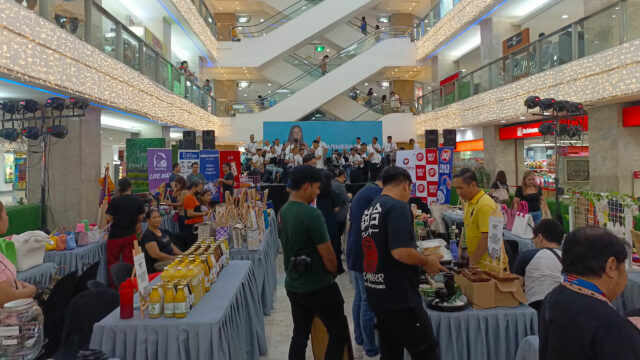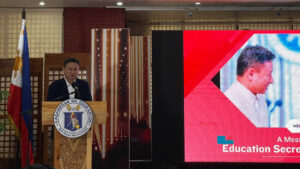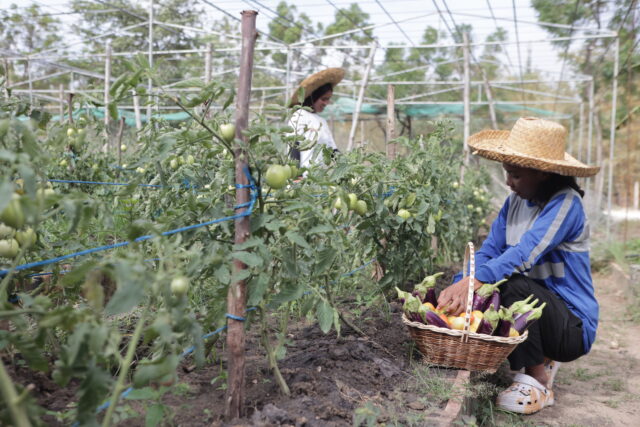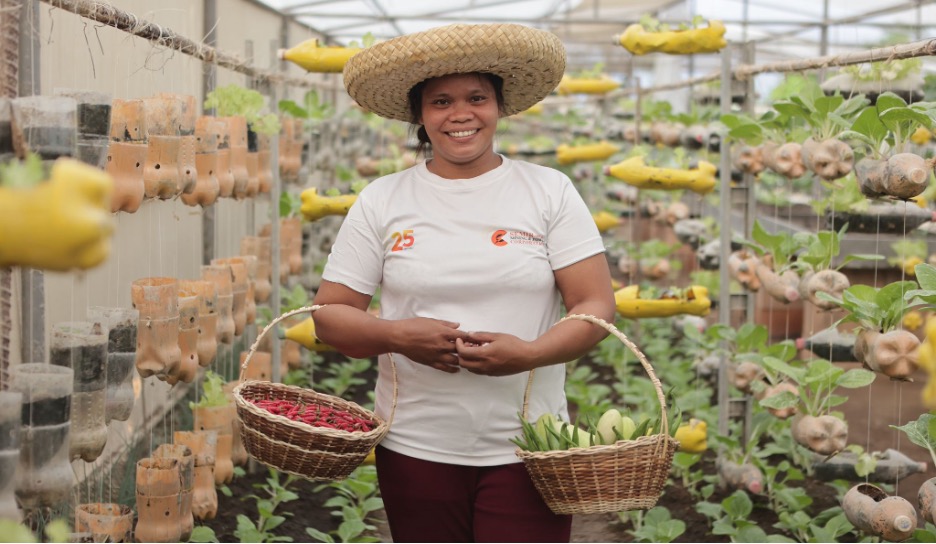WASHINGTON — US President Donald Trump gets better marks for his hardline approach to immigration than he does on his handling of the economy, foreign policy or other issues, Reuters/Ipsos polling shows, as the Republican tries to ramp up arrests and deportations.
About half of US respondents in recent polls approved of Mr. Trump’s approach to immigration compared with a little more than a third who thought he was doing a good job dealing with the high cost of living, the other major issue in his 2024 campaign.
Americans have taken a more hawkish view of immigration since Trump first burst onto the national political stage in 2015, and the latest poll results show that immigration is the issue where he draws his greatest level of support, both among his Republican base and with political independents.
The latest poll also showed that Americans were about twice as likely to view the economy as a top priority as immigration, in a potential warning sign to Mr. Trump.
Some 86% of Republicans approved of Mr. Trump’s immigration actions while Republican support for his approach to the cost of living was around 69%, according to the latest Reuters/Ipsos poll conducted March 21-23.
Mr. Trump kicked off a wide-ranging crackdown after taking office on January 20, sending military troops to the US-Mexico border and reassigning federal agents to assist with immigration enforcement. His administration has increased arrests and opened up new routes to deport migrants, even as deportations have lagged those under former President Joseph Biden, a Democrat.
The president has also targeted legal immigration, attempting to freeze the US refugee resettlement program and revoke visas and green cards of students who participated in pro-Palestinian protests. In an executive order,Mr. Trump tried to restrict automatic birthright citizenship, sparking a legal battle.
The number of migrants caught illegally crossing the US-Mexico border dropped to the lowest level in decades in February and apprehensions are on pace to be similar or even lower in March, two US Customs and Border Protection officials said, requesting anonymity to discuss internal data.
Republican pollster Whit Ayres said Mr. Trump won back the White House by focusing on four core issues: controlling illegal immigration, promoting economic growth, bringing down inflation, and combating liberal policies related to race and gender.
“Among those four, he’s clearly been the most successful on immigration,” Mr. Ayres said. “He has through his rhetoric alone essentially shut down the southern border.”
“On the other hand, he has threatened the economy with tariffs … inflation continues to go up, and the various economic indicators are nowhere near as successful as the immigration indicators,” he said.
Since taking office, Mr. Trump’s overall approval rating has been largely stable, with just under half of Reuters/Ipsos survey respondents approving of his performance as president, including 45% in the latest Reuters/Ipsos survey. That’s higher than his rating was throughout most of his first term, and above most of Biden’s ratings.
Some 49% of respondents in the latest poll approved of his performance in immigration, compared to a 38% approval rate on the US economy, a 34% rating on the cost of living in the country and 37% on foreign policy.
“After four years of the Biden administration’s malfeasant handling of our southern border and immigration laws, Americans are breathing a sigh of relief knowing they finally have a president who puts Americans and America First,” White House spokesman Kush Desai said in an e-mail.
PUSHING THE LIMITS
Public appetite for tougher immigration policies has grown since the start of Mr. Trump’s first term in 2017 when he pledged to build a wall on the US-Mexico border and ban travelers from majority-Muslim nations.
Some 60% of respondents in a Reuters/Ipsos poll earlier this month said they supported increasing deportations of immigrants in the US illegally, up from about half during Mr. Trump’s first term.
Democrats — who railed against Mr. Trump’s first-term immigration moves — have been less vocal this time, including regarding Trump’s March 15 decision to invoke the 1798 Alien Enemies Act to rapidly deport alleged Venezuelan gang members to El Salvador.
A federal judge blocked the move the same day, but two planes carrying deportees continued to El Salvador. The American Civil Liberties Union, which sued over the matter, contends the wartime law cannot be applied to target alleged gang members. Family members of some men believed to be detained at a Salvadoran mega-prison have rejected the gang label.
While some Democrats have criticized the move, others have been more measured. US Senator Ruben Gallego told the Arizona Daily Star that he would support sending “dangerous” migrants to El Salvador if there was adequate due process and said the Republican push to deport gang members was a political “trap.”
Reuters/Ipsos polls suggest that Mr. Trump’s harsher measures could turn off some voters.
Just 39% of respondents in a Reuters/Ipsos poll this month said they agreed that immigrants in the US illegally “should be arrested and put in detention camps while awaiting deportation hearings.” Some 48% said they disagreed.
“The American public is not anti-immigrant, they’re just anti-chaos,” said Beatriz Lopez, co-executive director of the Immigration Hub, a Washington-based immigrant advocacy organization.
She said Mr. Trump could face more public blowback for increasing arrests of non-criminal immigration violators and trying to strip away legal status from people already in the US.
“This is clearly them going after people who aren’t criminals, who don’t fit their version of America,” she said. “They’re disrupting and destabilizing families and communities.” — Reuters













